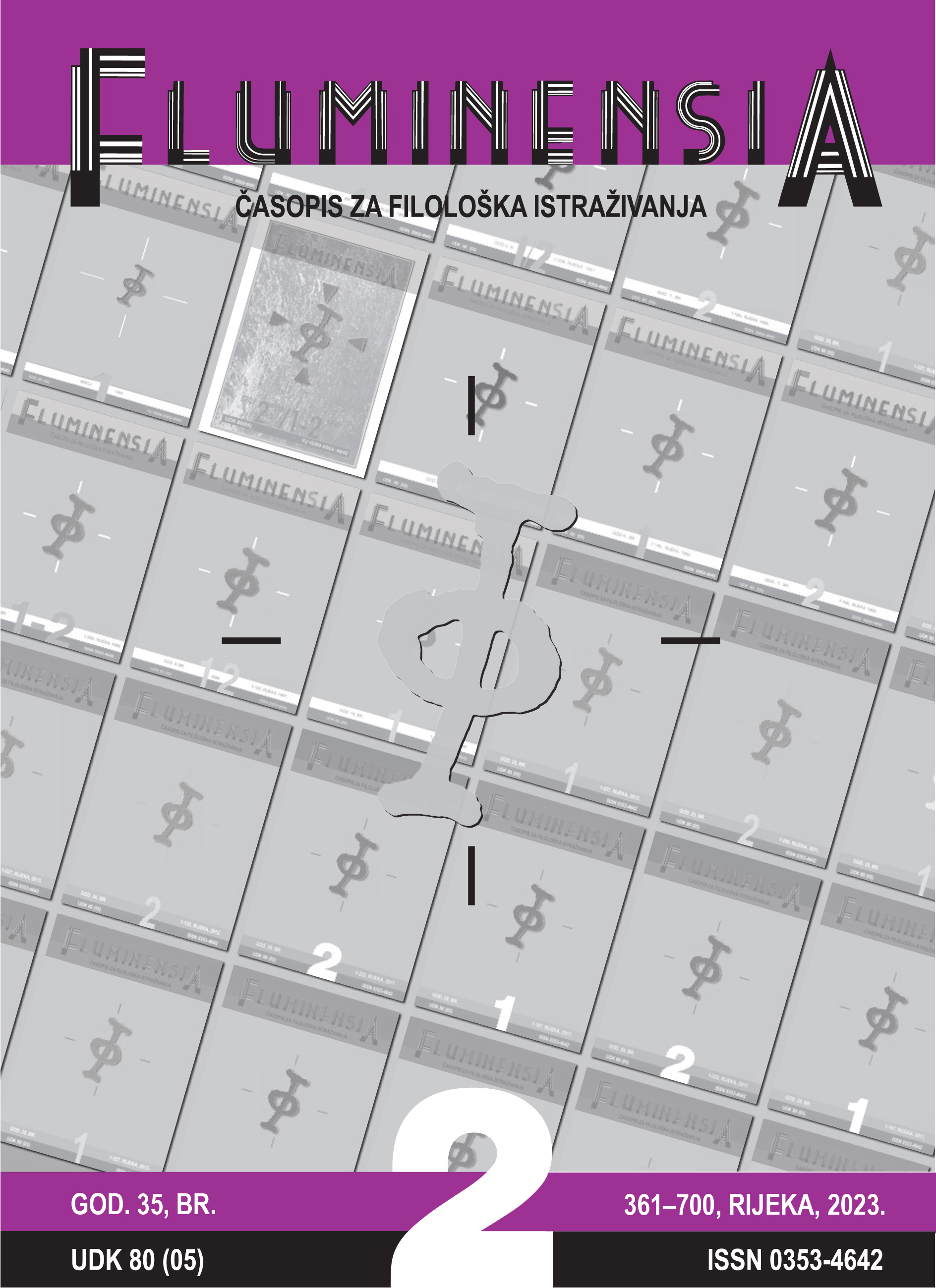CEMETERY EPITAPHS OF THE ISLAND OF PAG
Keywords:
epitaphs; cemeteries; the island of Pag; analysis; composition; lexiconAbstract
In this paper, we focused on epitaphs recorded on headstones in the cemeteries of the island of Pag. In total, there are two urban cemeteries – in Pag and Novalja, and twelve rural or village cemeteries: old and new cemeteries in Dinjiška, Vlašići, Povljana, and cemeteries in Gorica, Šimuni, Kolan, Zubovići, Metajna and Lun. In the first stage of the research, all epitaphs were collected using a specific field research method (Fabijanić 2021), and in the second stage qualitative data were presented. Epitaphs were analysed on the basis of their compositional and lexical structure, i.e. nominal, aphoristic, and literary epitaphs, but also on the basis of their specific characteristics: according to content, language, style. Along with names and surnames, the most common expressions are those used to inform about the ownership status of the burial place, to send certain wishes to the deceased or to inform about the erector of the monument. Examples of aphoristic epitaphs from our corpus express: gratitude, kindness, pain, forgiveness, love, memory, death, life. The most frequently conveyed thoughts in literary epitaphs include: premature death/departure/abandonment, praise of the deceased, transience, portrait of the deceased, desire for a reunion and resurrection of the dead, patriotic thoughts, biblical quotations, prayers, psalms, spiritual songs, paraphrases, proverbial statements. Functional style dominates with admixtures of conversational, journalistic, and literary-artistic style, and the most used figure of speech in the investigated epitaphs is metaphor. As far as the semantic fields are concerned, the words were classified into the following fields: kinship relations, feelings, beliefs, states and expressions, astronomical and geological terms, biological terms, animals, culinary, violence and violent behaviour, geographical terms and ethnonyms, occupations and titles, maritime, political, and military terminology, architectural terms, buildings and places of residence, religious terms, activities and processes, and literary works. After the nominal, the most represented are verbal and adjectival lexicons. Verbs are used in the infinitive, present, future, imperative, aorist, perfective and imperfective forms. Adjectives are divided into groups of descriptive and possessive adjectives, and active and passive verbal adjectives.

